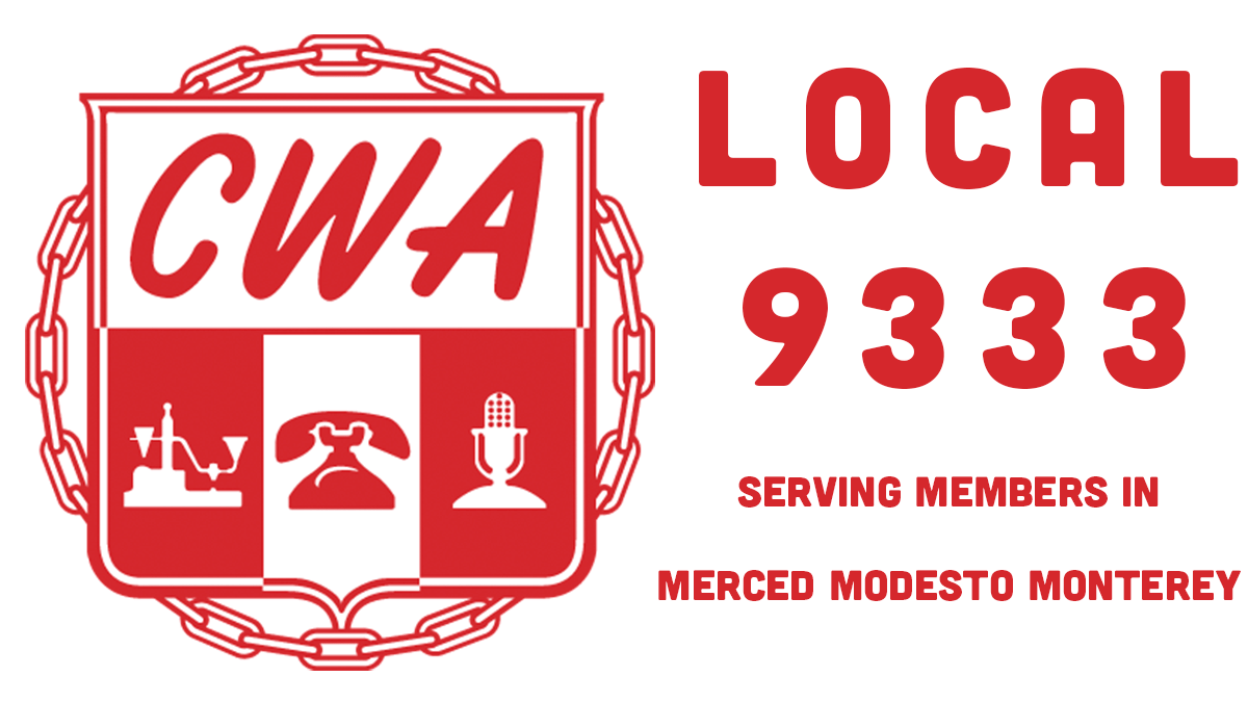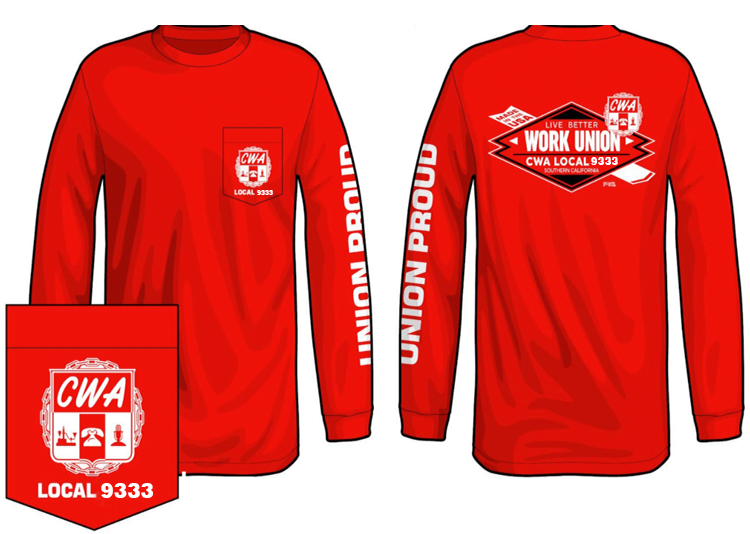The tradition of wearing red on Thursdays within the CWA (Communications Workers of America) has evolved into a widespread and symbolic act of solidarity that goes beyond just honoring the memory of Gerardo “Jerry” Morales. It embodies the collective struggle of workers, particularly in the face of difficult labor conditions, corporate greed, and anti-union actions.
Origins: The 1989 Strike and Morales’ Death
In 1989, CWA members were on strike against GTE, which at the time was one of the largest independent telephone companies in the U.S. The strike involved issues of fair wages, better working conditions, and benefits, as is common in many labor disputes. The incident leading to Morales’ death became a flashpoint during the strike. His tragic death, caused by a replacement worker driving through the picket line, was seen as a stark example of the dangers that workers faced when standing up for their rights.
In the aftermath of the tragedy, CWA members decided to wear red as a way to symbolize their anger, grief, and determination. Red became the color representing the bloodshed in the fight for justice and workers’ rights.
Spread of the Tradition
What began as a local tribute quickly spread throughout CWA’s membership across the country. The simple act of wearing red every Thursday became a visual reminder of the workers’ collective power and a symbol of unity. Over time, other labor unions and worker movements adopted the practice, not just in the U.S. but internationally as well.
The red shirts are now worn in a variety of contexts:
- During contract negotiations: Union members may wear red to show their collective support for bargaining teams during tough negotiations with management.
- In solidarity actions: Members wear red when a sister union or another local is involved in a dispute or strike.
- To protest anti-worker actions: Red is often worn to stand against policies or corporate behaviors that threaten workers’ rights or exploit workers.
A Broader Symbol of Labor Solidarity
Over time, the CWA’s tradition of wearing red on Thursdays has grown into a broader symbol of solidarity in the labor movement as a whole. Many unions, even those not affiliated with CWA, now take part in the “Red for Solidarity” campaign. The tradition also extends to supporting broader social justice issues related to workers’ rights, such as the Fight for $15 movement, healthcare advocacy, and campaigns for fair labor laws.
The tradition has proven to be an enduring and highly visible way for workers to show their unity, reminding both themselves and their employers that the strength of a union lies in its collective power.
Today, “Red Thursday” is a key part of union culture, fostering a sense of pride and purpose among members and serving as a symbol of ongoing resistance against exploitation and inequity in the workplace.




